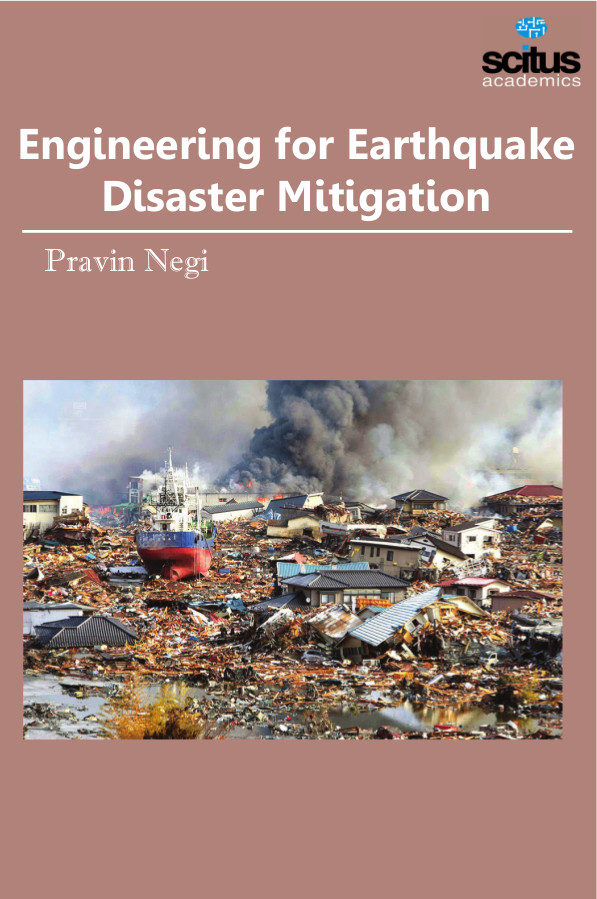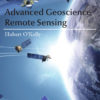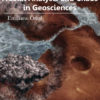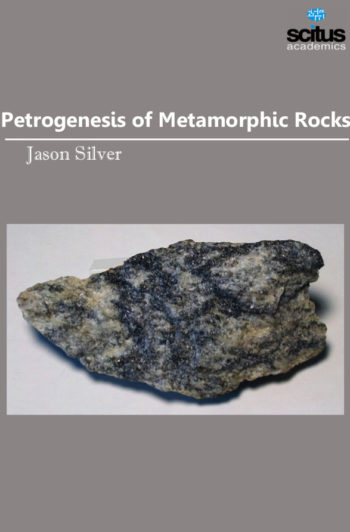Over the last quarter of a century, Japan has experienced two major earthquake disasters: the 1995 Kobe earthquake and the 2011 Tohoku earthquake. Huge loss of human lives and vast damage to structures resulted from serious failure by scientists and engineers, including the author, endeavoring to mitigate natural disasters. The mistakes we made must not be repeated. Thoroughly and systemically, we must draw broad lessons from the two calamities and take steps to deal effectively with future earthquakes and tsunamis. It is said that the large rupture between tectonic plates, which caused the 2011 earthquake, might have changed the stress condition of the Japanese archipelago. This, it is further assumed, may accelerate the triggering of earthquakes in the regions along the Nankai Trough, i.e., Tokai, Tonankai, and Nankai earthquakes, and the northern Tokyo Bay earthquake. Our urgent task is to reveal the vulnera-bility of the country and local communities to future natural hazards and to prepare accordingly.













